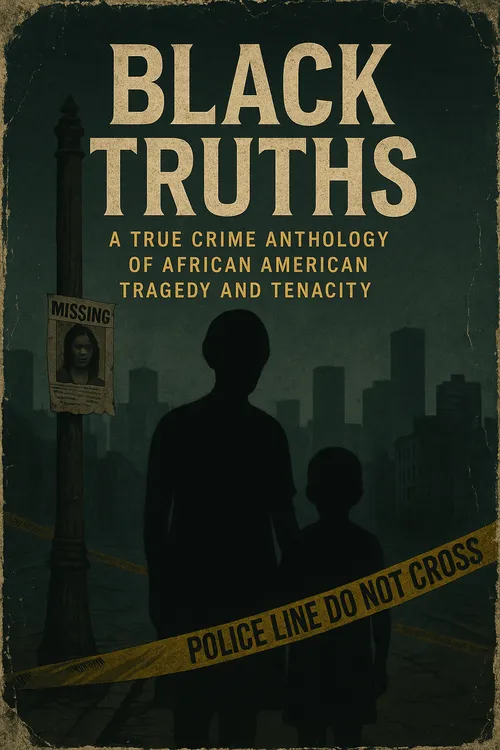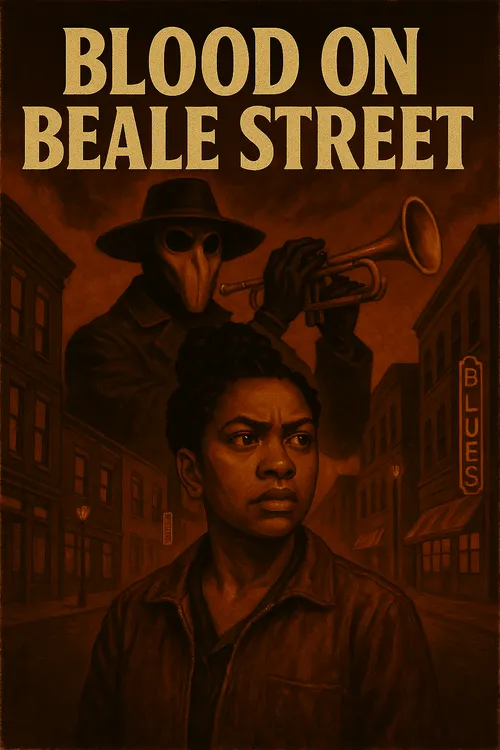Prologue: A Note on the Bed
On the morning of July 6, 2001, Tracey Bradley returned to her apartment in Chicago’s Bronzeville neighborhood after leaving her two young daughters home alone for just a few hours. The girls—Tionda, age 10, and Diamond, age 3—were gone.
All that remained was a handwritten note, allegedly left by Tionda, saying they had gone to the store and to a nearby park.
But something about the note felt wrong.
The tone. The spelling. The content.
Tracey called the police that afternoon. By evening, the case had become one of the largest missing children investigations in Chicago’s history.
Two beautiful Black girls—gone without a trace.
The Bradley Sisters: A Portrait in Innocence
Tionda Zhané Bradley was smart, responsible, and deeply protective of her little sister.
Diamond Yvette Bradley was bubbly, bright-eyed, and adored her big sister.
Family described them as inseparable.
The Bradley family lived in the Lake Grove Village housing complex, a neighborhood plagued by poverty but filled with tight-knit families. That summer day, as fireworks still echoed from the Fourth of July, nothing seemed out of the ordinary—until it was.
The Disappearance
Tracey had left the girls at home while she went to work early in the morning. It was not uncommon for her to rely on Tionda to watch over Diamond for short periods. She had done it before.
But this time, she returned to find no children—just a mysterious note.
"Mom, me and Diamond went to the store and to the park. We’ll be back soon."
Tracey immediately called police. Within hours, neighbors joined in a frantic search. By nightfall, the entire community was out—looking in alleys, dumpsters, stairwells, and basements.
But the girls were nowhere to be found.
The Investigation: Hopes and Missteps
Chicago Police and the FBI launched a massive search operation.
At its peak, over 100 officers, helicopters, scent-tracking dogs, and national media joined the effort.
Still, no credible leads emerged.
Investigators scrutinized:
- The note: Handwriting analysts questioned whether a 10-year-old could have written it. It appeared deliberately vague.
- Surveillance footage: No confirmed sightings of the girls.
- Witness statements: Conflicting reports of the girls playing outside earlier that morning. None confirmed.
- Family members: Tracey, initially cooperative, later hired a lawyer and declined polygraph tests. So did other relatives.
This fueled speculation, but police never declared her a suspect.
The case remained open. But cold.
Media Coverage: Missing, but Not on the News
Unlike high-profile missing children cases involving white girls like JonBenét Ramsey or Elizabeth Smart, the Bradley sisters’ story quickly faded from national attention.
Despite the scope of the search, many believed the reason was simple:
They were Black. Poor. From public housing.
“If Diamond and Tionda were blonde-haired girls from Naperville, this country would’ve stopped moving to find them.”
— Local activist, 2002 press conference
The disparity in media attention became a flashpoint for race-based inequality in missing persons reporting.
Rumors, Theories, and Silence
Over the years, theories emerged:
- Kidnapping by a family acquaintance: Some believe someone close to the family may have taken the girls, possibly aided by Tracey’s silence or fear.
- Human trafficking: Investigators explored whether the girls were abducted and moved across state lines.
- Voluntary hiding gone wrong: A theory posits the girls were hiding or exploring and something tragic occurred.
Yet no forensic evidence, no eyewitnesses, and no credible tips have ever led to a resolution.
In 2011, the FBI created age-progressed photos to show what the girls might look like a decade later. Tips poured in—but none panned out.
The Family’s Fight
The Bradley family has never stopped searching.
Billboards went up. Posters were plastered around the Midwest.
The girls' birthdays are still celebrated each year by loved ones who refuse to give up hope.
“They are somewhere. I feel them. I will not let the world forget.”
— Tracey Bradley, in a rare 2016 interview
While criticism has surrounded the case from the beginning, the family insists they are victims—grieving in a storm of suspicion and silence.
Legacy: Still Missing
It’s been over two decades since Tionda and Diamond Bradley disappeared.
Their names are now etched in Chicago’s history as symbols of neglect, systemic failure, and enduring mystery.
No suspects.
No arrests.
No bodies.
Just a mother, a city, and two little girls whose faces are frozen in time.
“They’re not just missing. They were taken. And someone knows.”
— Bradley family advocate, 2021 vigil
If you have information about the disappearance of Diamond and Tionda Bradley, contact the Chicago FBI Office at 312-421-6700 or visit fbi.gov.















































This story has not been rated yet. Login to review this story.